Romove
Kad ar standarta objektīviem nepietiek
Romove specializējas optisko risinājumu izstrādē liela attāluma novērošanas pielietojumiem, kuriem nepieciešama augstāka izšķirtspēja, plašāks spektrs, kompakts formāts vai liela laukuma attēlveidošana. Mūsu pieredzējusī komanda izstrādā individuālus risinājumus, kas tehnisko datu ziņā pārspēj standarta objektīvus.
Individuāli izstrādātas optiskās sistēmas
Ja gatavie objektīvi neatbilst jūsu specifiskajām prasībām, Romove piedāvā savus optiskos risinājumus, lai nodrošinātu tieši jūsu vajadzībām atbilstošu rezultātu. Standarta komerciālie objektīvi parasti tiek konstruēti plaša tirgus pielietojumiem, kur galvenais mērķis ir zema vienības cena. Tomēr, ja Jūsu lietojumam nepieciešama augstāka izšķirtspēja, plašāks optiskais spektrs, kompakts risinājums vai liela formāta attēlveidošana, varam palīdzēt, jo standarta objektīvi bieži liek piekāpties vienā vai vairākos optiskās veiktspējas aspektos.
Šādi kompromisi parasti nozīmē zemāku tehnisko veiktspēju un var mazināt konkurētspēju, kas galu galā ietekmēs peļņu. Tāpēc arvien pieaug pieprasījums pēc individuāli izstrādātiem objektīviem, kas pielāgoti katra lietojuma precīzajām vajadzībām.
Romove pieredzējusī komanda izstrādā augstas izšķirtspējas optiku, kas uzlabo attēla kvalitāti pārspējot katalogā pieejamos risinājumus gan veiktspējas, gan efektivitātes ziņā. Balstoties uz gadu desmitiem ilgu pieredzi mēs nodrošinām, ka izstrādes process atbilst visaugstākajām prasībām.
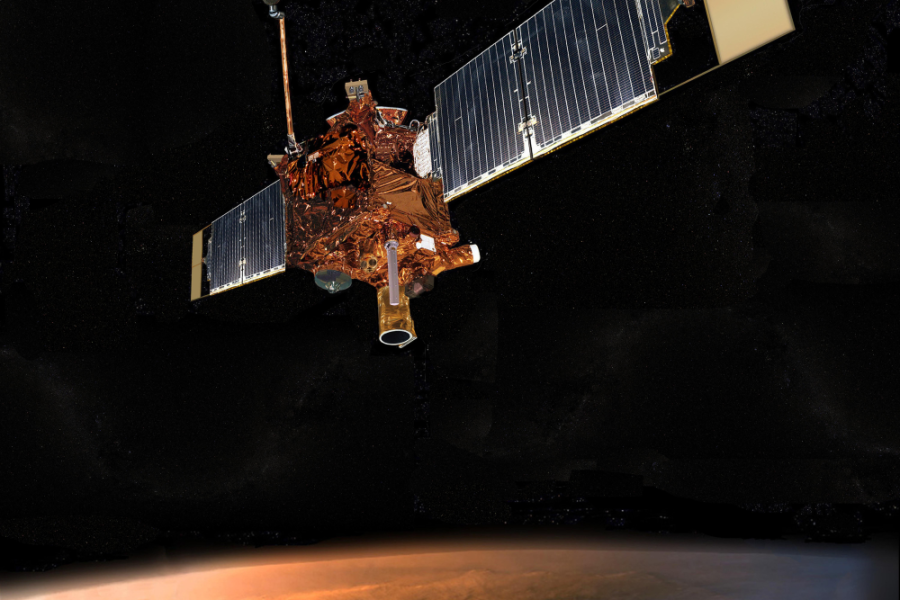
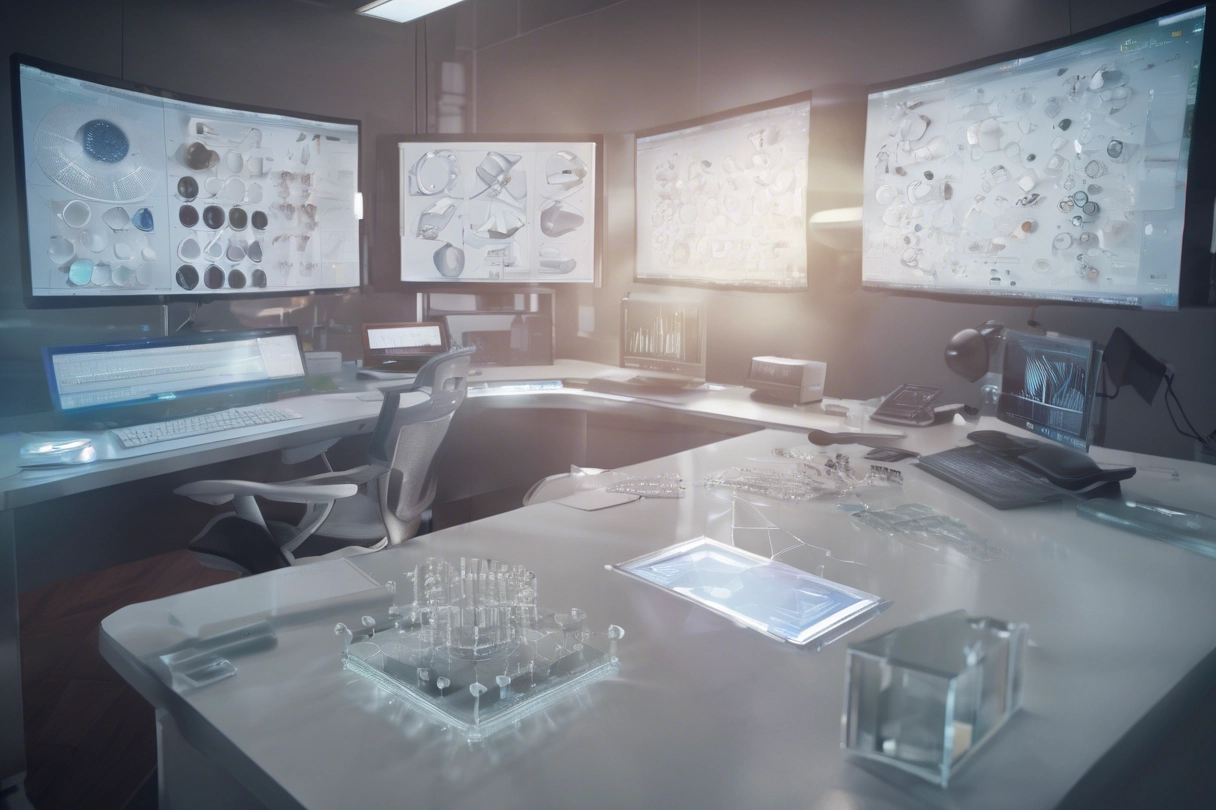
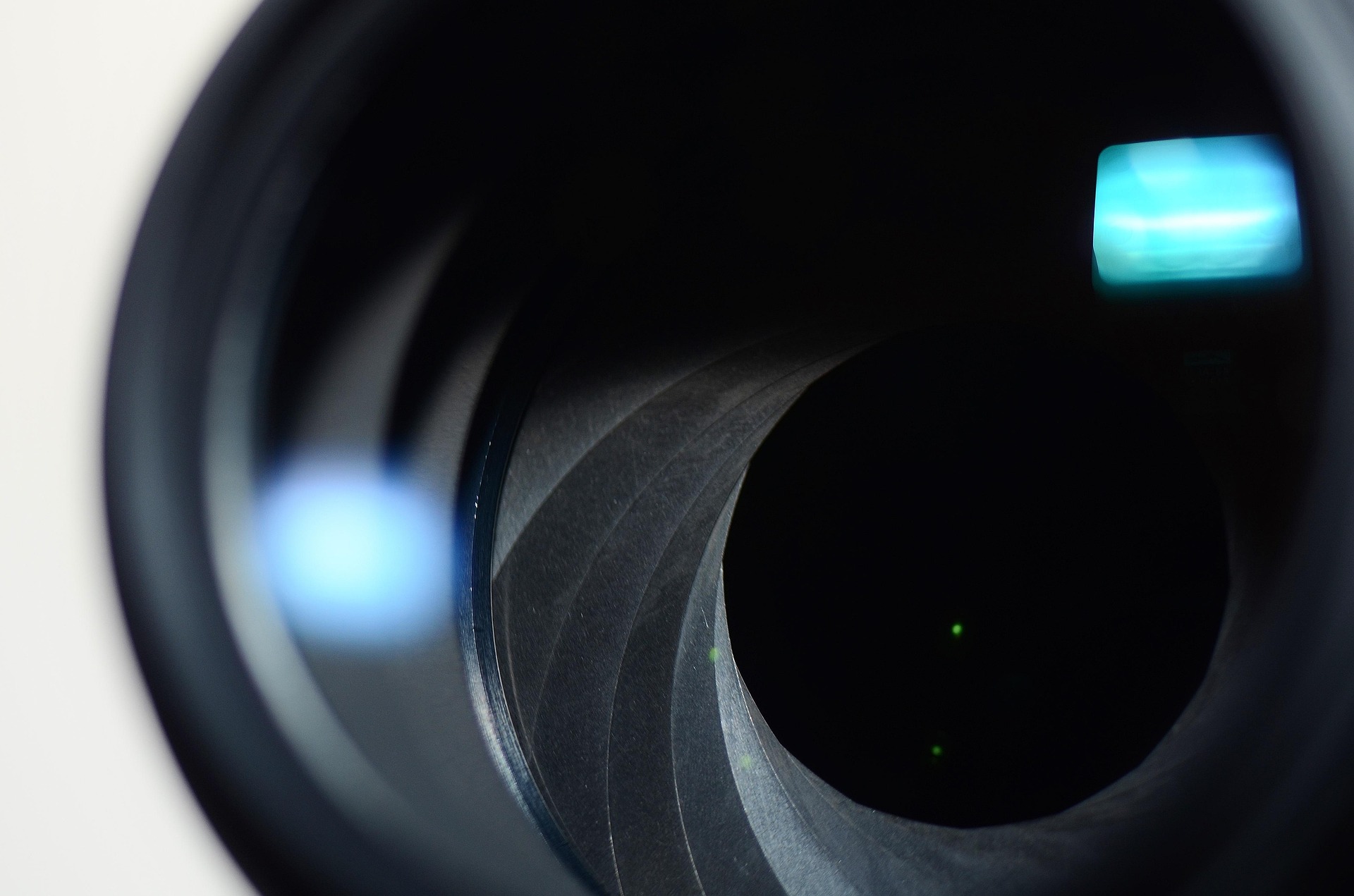
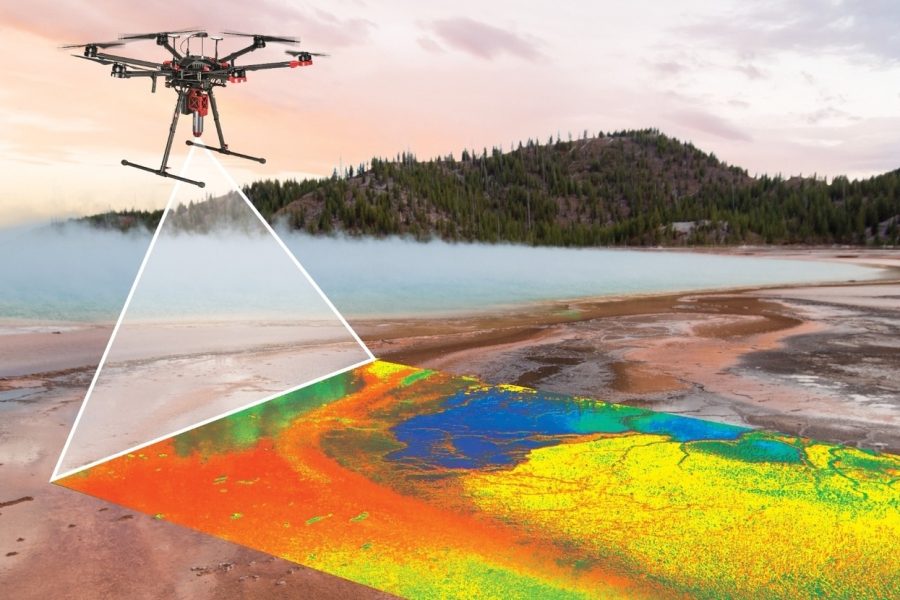
Pielāgoti optiskie risinājumi
Romove izstrādā konkrētam pielietojumam paredzētu optiku, kas sniedz vairāk nekā standarta objektīvi — nodrošinot augstāku veiktspēju izšķirtspējas, spektrālā diapazona un formāta ziņā.
Augstas izšķirtspējas inovācijas
Mūsu optiskās sistēmas nodrošina difrakcijas limitētu izšķirtspēju visā attēla laukā, piedāvājot skaidru attēlu tālas distance novērošanas un zinātniskiem pielietojumiem.
Multispektrālā novērošana
Mēs izstrādājam kompaktas, jaudīgas optiskās sistēmas, kas apvieno redzamās gaismas, īsviļņu infrasarkano (SWIR) un termālo attēlveidošanu vienā attēlā. Tās ir piemērotas liela attāluma novērojumiem aizsardzībai, robežkontrolei un bezpilota lidaparātiem (UAV).
Hiperspektrālās tehnoloģijas
Romove ir izstrādājusi hiperspektrālo optiku Zemes novērošanai, lauksaimniecībai un ģeoloģijai, atrisinot kompromisus starp telpisko un spektrālo izšķirtspēju, kā rezultātā optiskā siste’ma vienlaiks ir gan augsta spektrālā, gan arī telpiskā attēla izšķirspēja (pagaidām tirgū tiek piedāvātas hiperspektrālās kameras ar augstu spektrālo izškirtspēju bet miglainu attēlu.)
Uzlabota magnetometrija
Mūsu optiskais magnetometra sensors nodrošina femtotesla līmeņa jutību un reāllaika daudzdimensionālu magnētiskā lauka kartēšanu zinātniskiem un industriāliem mērķiem.
Pieredze inženierijā
Ar vadošo zinātnieku vairāk nekā 35 gadu pieredzi un dziļu izpratni par optikas fiziku Romove ir izstrādājusi augstas veiktspējas sistēmas.
Par Romove
ROMOVE zinātnieki jau vairāk nekā 35 gadus izstrādā multi un hiperspektrālus optiskos risinājumus augsto tehnoloģiju pielietojumam, konsekventi nodrošinot inovatīvus un modernus optiskos risinājumus.
Pateicoties plašai pieredzei optisko tehnoloģiju jomā, mēs izcili veicam gan pilnu sistēmu, gan apakšsistēmu izstrādi — īpaši optiskajā novērošanā. ROMOVE specializējas ļoti augstas veiktspējas optiskajās sistēmās ar pielietojumu aizsardzības un drošības, hiperspektrālās attēlveidošanas un liela attāluma novērošanas jomās.
Mūsu pieredzējušā optisko dizaineru komanda izprot katra klienta tehnoloģijas pamata fizikas principus, ļaujot mums piedāvāt radošus, konkrētam pielietojumam pielāgotus risinājumus. Mēs lepojamies ar to, ka katram projektam nodrošinām augstas kvalitātes optiskās un mehāniskās projektēšanas novērtējumus.
ROMOVE ir aprīkota ar tehnologijām lai ražotu nelielus daudzumus ļoti augstas veiktspējas optisko sistēmu, pielāgotu jūsu specifiskajām vajadzībām. Mūsu optikas un mehānikas dizaina speciālistiem ir pierādīta pieredze, ko apliecina vieglu, augstas izšķirtspējas skenēšanas kameru izstrāde aviācijas un bezpilota gaisa kuģu pielietojumam.
Inovācijas
Augstas izšķirtspējas optisko sistēmu projektēšana ir sarežģīta,, un esošie rīki un metodes bieži vien nedod iespēju radīt inovatīvus risinājumus. Romove ir izstrādājis revolucionāru optisko arhitektūru, kas daudzkāršo izšķirtspēju salīdzinājumā ar standarta sistēmām, saglabājot kompakto izmēru un efektivitāti. Tā ir ideāli piemērota optiskajiem bezvadu sakariem, Zemes novērošanai, precīzajai lauksaimniecībai un nelieliem satelītiem.
Vairāk
For long distance high-resolution surveillance applications, the optical system design has traditionally been a significant challenge. Designing optical systems is inherently complex due to the intricate behavior of light, requiring extensive expertise to achieve optimal performance.
There is a critical shortage in the photonics industry of graduates and PhDs with broad expertise in modeling and designing industrially relevant optical systems. This gap is exacerbated because most practical design methodologies rely heavily on the prior experience of designers and the capabilities of existing optical design software such as Zemax, Oslo, and TracePro. While these programs employ various optimization methods and are well-suited for routine projects, they often fall short when it comes to pioneering entirely new designs. Optical design software also faces inherent limitations. Light exhibits a wave-particle duality -sometimes behaving like a wave, other times like a stream of fast particles called photons. This fundamental duality remains one of nature’s mysteries, and in practice, designers use whichever model simplifies calculations. Moreover, mathematical models in these software tools assume ideal conditions – illumination is never perfectly monochromatic or collimated in reality, and coatings are not uniform ideal layers.
At the heart of multispectral and hyperspectral camera devices lies the optical system. We have developed a revolutionary designs that achieves several times better optical resolution in long distances compared to other cameras with the same aperture size. Our optical system delivers exceptionally high resolution across nearly the entire image area and over a broad spectral range.
Pēdējo gadu desmitu laikā pētnieki ir izstrādājuši daudzus hiperspektrālās Zemes novērošanas (EO) attālinātās uztveres paņēmienus, analīzes un pielietojumus. Hiperspektrālie izpētes sensori ir pierādījuši savu potenciālu, un tehnoloģija, kas izmantojama hiperspektrālajās attēlveidošanas sistēmās (HIS), ir būtiski attīstījusies. Šīs ierīces ļauj vienlaikus iegūt datus daudzās šaurās, savstarpēji saistītās spektrālajās joslās, atverot plašu pielietojumu klāstu.
Even though hyperspectral imaging technology designed for drones has made significant advances in software and data processing over the past several years, it is still lacking in development of optical systems for better resolution, also in size and weight reduction. The small size systems operating at present are designed as low sensitivity cameras and lack high resolution capabilities, since these systems sacrifice considerable spatial resolution to increase the spectral resolution. The utility of captured data for video analysis applications is limited. There is still a strong need for higher spatial resolution at higher spectral resolution and more spectral bands.
Today’s HIS market is saturated with low spatial resolution cameras, while commercially available high-resolution hyperspectral imaging systems remain large and heavy, rendering them impractical for drones and small satellite platforms. This challenge stems from inherent trade-offs in conventional optical designs between spectral resolution, spatial resolution, and signal-to-noise ratio. Our innovative optical system overcomes these limitations by delivering a compact, lightweight solution that maintains exceptional performance, making it perfectly suited for small satellites and other demanding applications.
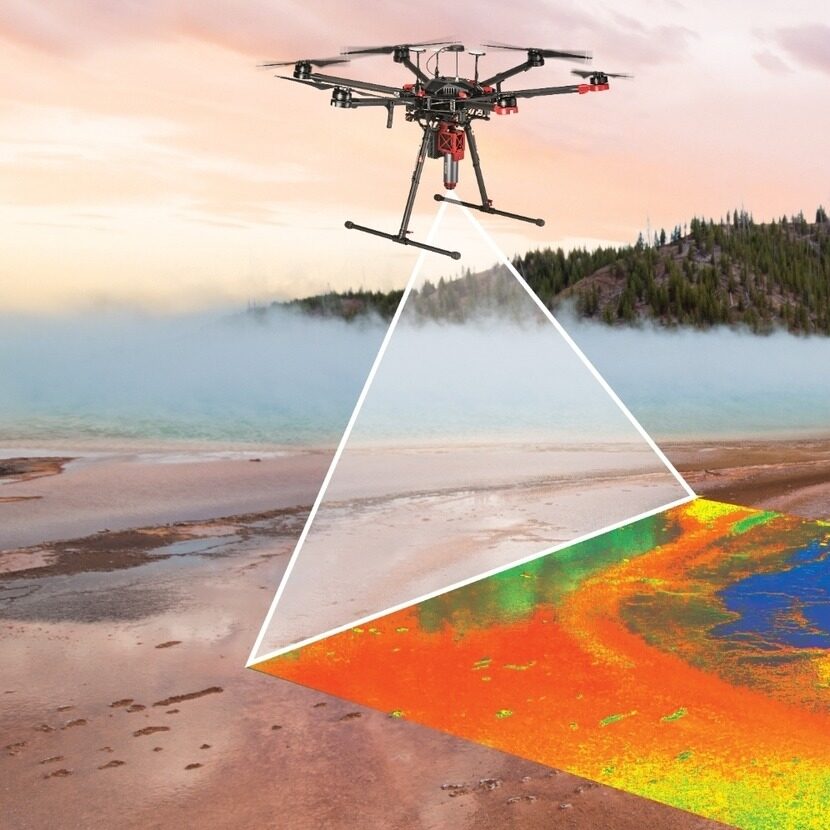
Hiperspektrālā attēlveidošana
Īpaši augsta izšķirtspēja Zemes novērošanai
Mūsu inovatīvais optiskais dizains daudzkāršo standarta sistēmu izšķirtspēju — tas piemērots lauksaimniecībai, ģeoloģijai, katastrofu seku novēršanai un vides monitorēšanai no nelielām satelītu platformām.
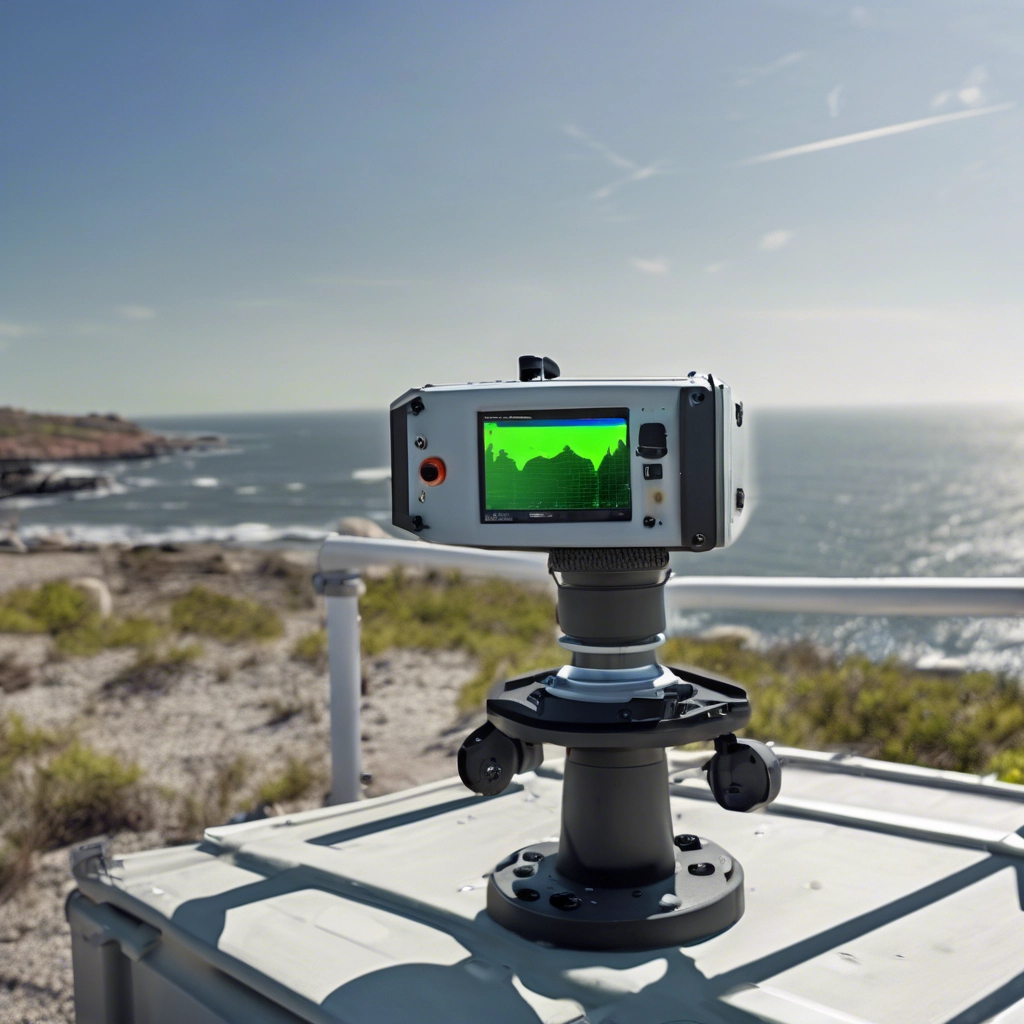
Multispektrālā novērošana
Border and coastal monitoring
Compact, high-resolution optical systems that fuse SWIR, visible, and thermal imaging - capable of identifying people and vessels up to 20 nautical miles away, even in fog or darkness.
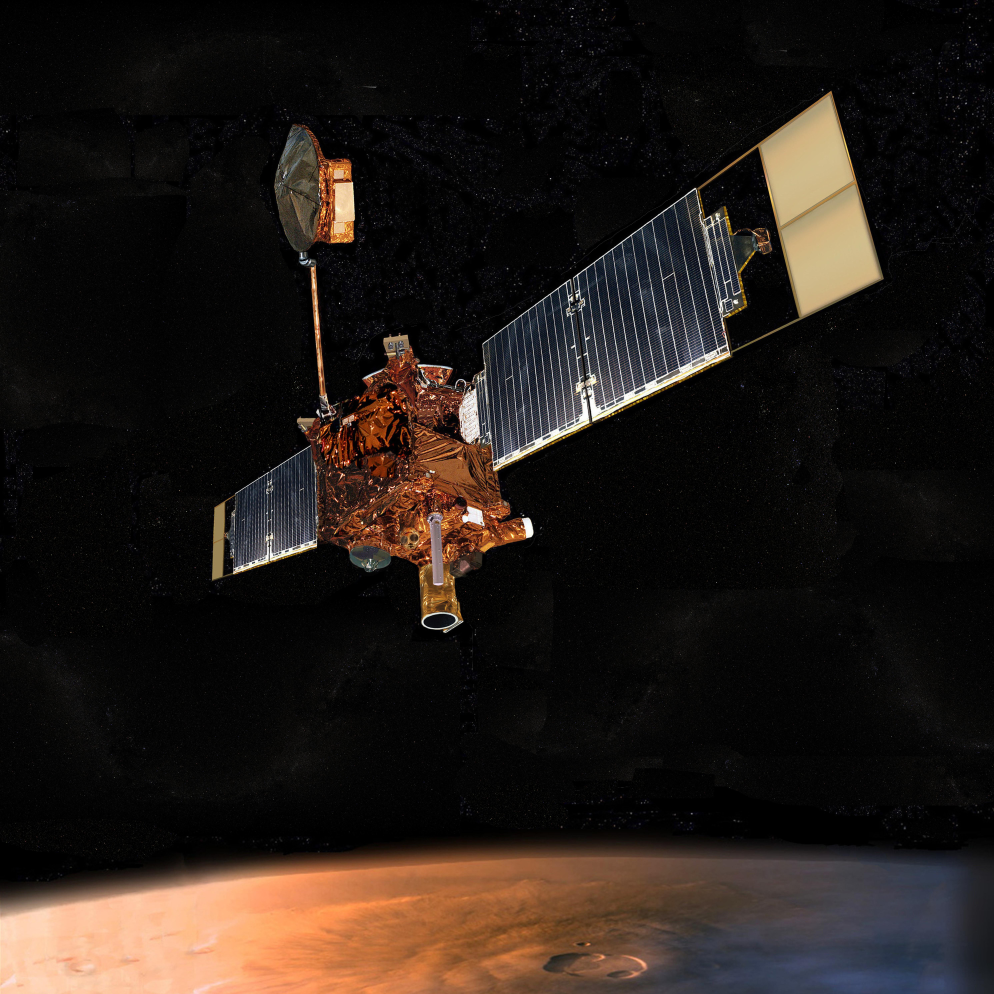
Optiskais magnetometrs
Precīza magnētiskā lauka kartēšana
Balstoties uz optisko daudzpunktu sensoru tehnoloģiju, mūsu magnetometrs nodrošina jutību femtotesla līmenī ģeofizikai, biomedicīniskajai attēlveidošanai, rūpnieciskajai testēšanai un kosmosa zinātnei.
